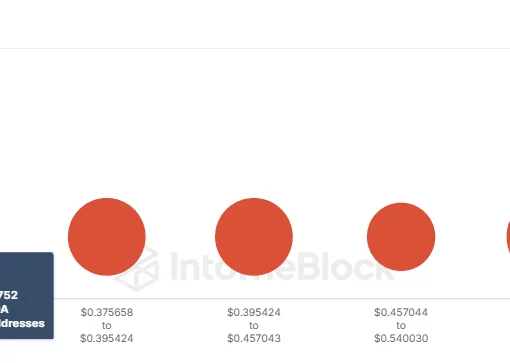Michael Barr, vice chair for supervision at the Federal Reserve, says that SVB’s deposits were in major trouble on the day regulators seized and took control over the bank.
Earlier this month, the downfall of the Silicon Valley Bank (SVB) sent shockwaves across the US banking sector. The bank struggled with meeting the withdrawal demands of the customers. Also, the latest report shows that the run on SVB’s deposits went far deeper than initially known. Ever since regulators seized the SVB, public information noted that customers withdrew a total of $42 billion from the bank on March 9, amid rising concerns that the uninsured deposits were at risk.
However, Michael Barr, vice chair for supervision at the Federal Reserve, revealed some more details while testifying before the Senate Banking Committee on Tuesday, March 28. Barr said that the $42 billion withdrawals were still less than what could have happened the next day on March 10.
As we know, the regulators shuttered SVB on March 10, in what was the biggest collapse of a banking institution since the 2008 financial crisis. Barr said:
“That morning, the bank let us know that they expected the outflow to be vastly larger based on client requests. A total of $100 billion was scheduled to go out the door that day.”
The combined withdrawal of $142 billion would have marked a staggering 81% of SVB’s deposits reported by the end of 2022. This shows how quickly bank runs can happen amid the heightened panic and fast information spread through social media.
On Tuesday, US lawmakers summoned top US banking regulators to Washington seeking an explanation on what led to the collapse of Silicon Valley Bank and Signature Bank. Barr and his colleagues pointed out the mismanagement by the bank’s executives. They further added that the bank with currently over $100 billion in assets might need stricter rules.
More Details on SVB’s Final Days
During his testimony, Fed executive Barr said that they warned the SVB management over the issue of rising interest rates back in November 2021. He added that SVB “failed to address” Fed concerns in a timely manner which eventually led to a run on its deposits.
SVB’s final days were full of panic and a roller coaster of emotions. The SVB management was struggling to raise capital on Wednesday, March 8. By Thursday, late evening, massive withdrawals took place at the Silicon Valley Bank. Barr said:
“But later Thursday afternoon, deposit outflows started and by Thursday evening, we learned that more than $42 billion, as you indicated, had rushed out of the bank”.
He added that on March 9, Fed’s staff was working round the clock to save the bank while searching for enough collateral to borrow additional billions of dollars and honor withdrawals. “They were not able to actually meet their obligations to pay their depositors over the course of that day and they were shut down,” Barr said.
Bhushan is a FinTech enthusiast and holds a good flair in understanding financial markets. His interest in economics and finance draw his attention towards the new emerging Blockchain Technology and Cryptocurrency markets. He is continuously in a learning process and keeps himself motivated by sharing his acquired knowledge. In free time he reads thriller fictions novels and sometimes explore his culinary skills.




